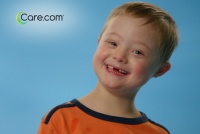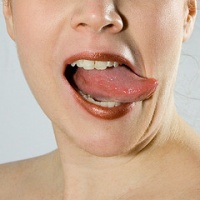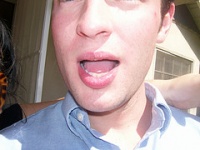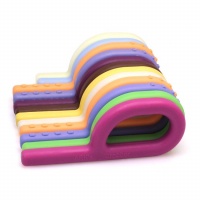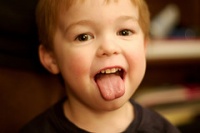
Q: I currently have a female client age 2;5 who cannot lateralize or elevate her tongue. Would you have any suggestions for me? When a client has the type of limited tongue movement you describe, I think we have to follow Charlie Van Riper’s most basic advice, which is to get the tongue to move in any and all new directions. He called it “vivifying” tongue movement. To vivify means to enlighten or animate. This means that at first we…

